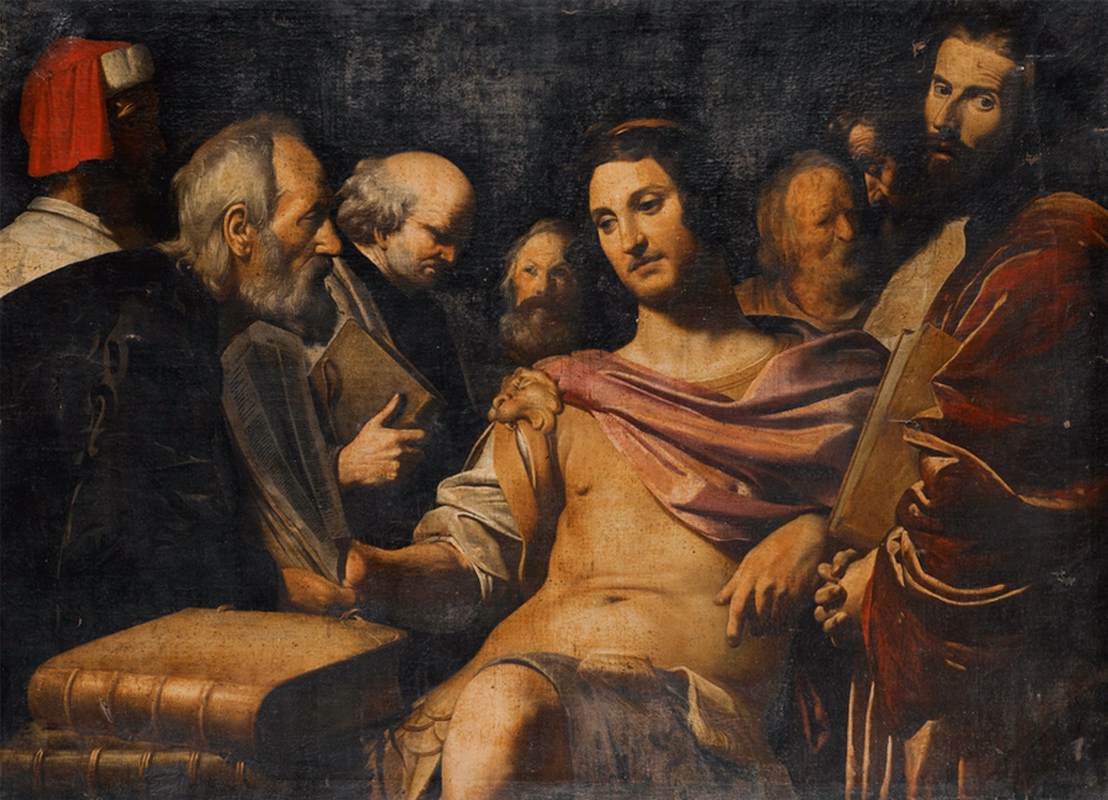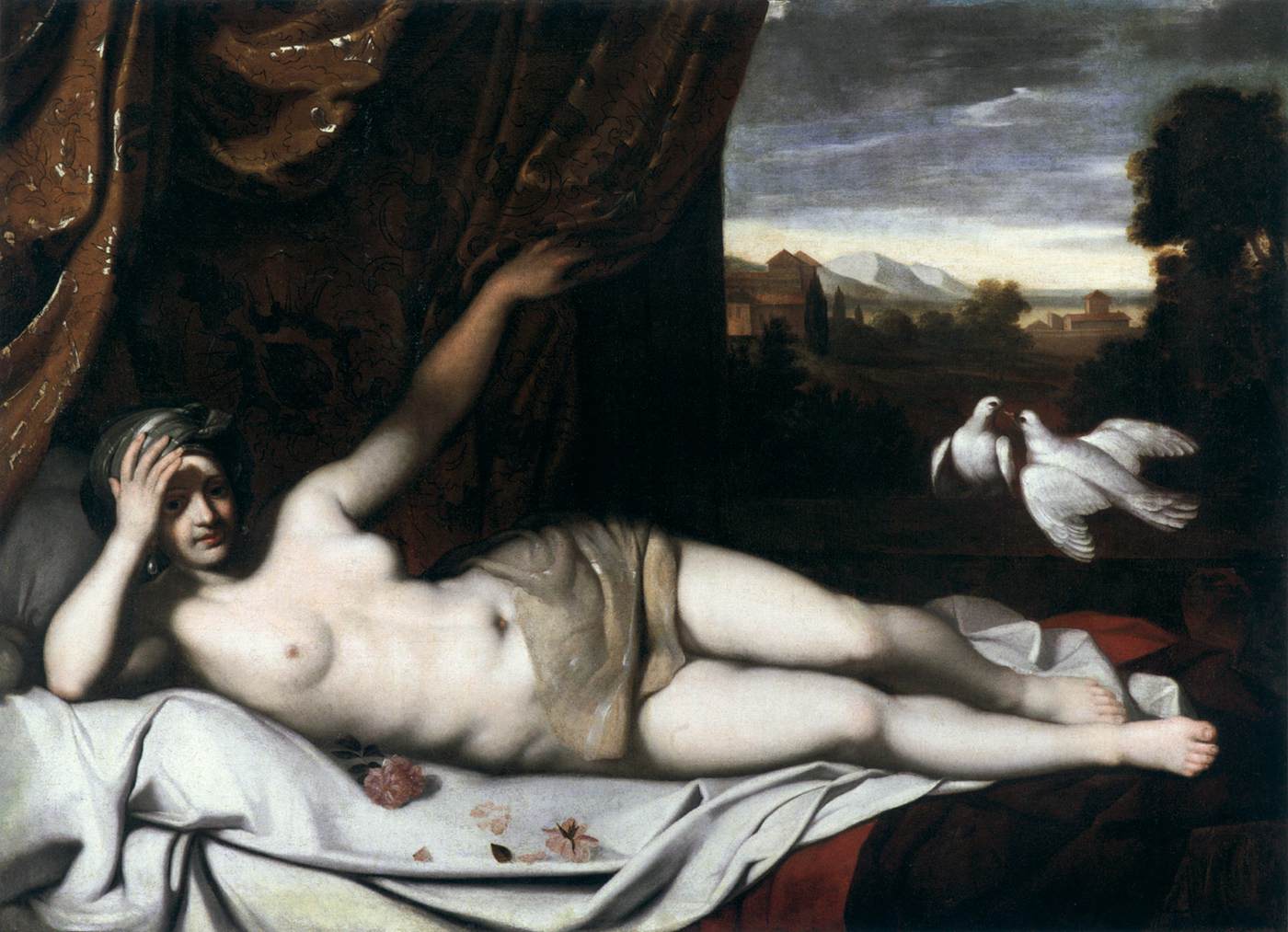Italian painter, born Giovanni Antonio Galli. He was the son of a swordsmith or frabbricante di spade, earning him the moniker, "Spadarino", or roughly "Little Sword". His family were from Florence, and he has previously been confused with his brother, Giacomo Galli, a picture-framer, painter and engraver about whom little is known. He was recorded alongside Bartolomeo Manfredi, Jusepe de Ribera, Cecco del Caravaggio and Carlo Saraceni as one of the closest of Caravaggio's followers c. 1620.
He is documented in 1603 as "painter in the Palazzo San Marco, in the house of Cardinal Dolfin" and was still serving the Cardinal in 1620. The few other documents that relate to him attest to his presence in Rome in 1597, 1617, 1620, 1638, 1645 and 1651.
His only surviving documented work, until the discovery of the frescoes (1638) in the Palazzo Madama, was the SS Valeria and Martial, executed between October 1626 and November 1632. Around this Longhi (1943) grouped a number of other works: the Guardian Angel (Rieti, San Ruffo), recorded as early as 1620, St Anthony and the Christ Child (Rome, SS Cosma e Damiano), the St Thomas of Villanova Giving Alms (Ancona, Pinacoteca Comunale), St Homobonus and the Beggar (Rome, Vicariato) and Christ among the Doctors (Naples, Capodimonte). These are works of concentrated simplicity, remote from the violence of Caravaggio and characterized rather by the tender relationship between the figures and the softness and delicacy of the shadows. This group, probably painted between 1610 and 1615, before SS Valeria and Martial, has been enlarged to include the Repentant Magdalene (Baltimore,Walters Art Gallery), St John the Baptist (untraced) and Narcissus (Rome, Palazzo Barberini). In this last, which was formerly attributed to Caravaggio and has attracted much controversy, the quality of lighting, the silky effects of the sleeves and elegiac tone of the work are typical of Spadarino's style. The Baptism of Constantine (Colle di Val d'Elsa e Borgo, Museo Civico) would also seem to belong to his early period.
//
![]()


